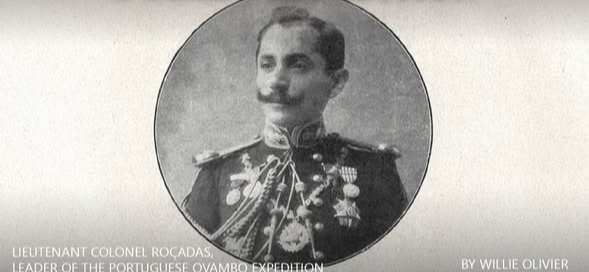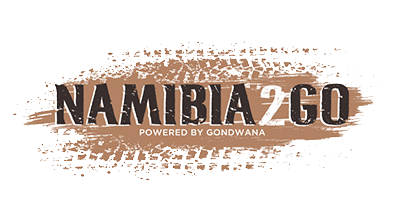Situated on the banks of an oshana (seasonal water course), the name Engela has variously been said to mean “a wet place,” or that it is an abbreviation of the name of a trader, Engelbrecht, who died under a jackal-berry tree in the area.

Two Rhenish Mission church elders, Simson Shituwa and Wilhelm Kafita, established a parish at Omafo following the expulsion of the Rhenish Mission Society from southern Angola in 1916 and requested the Finnish Mission Society to open a mission station in Oukwanyama. Permission was granted to the society on 20 December 1920 after it took over responsibility for the Oukwanyama mission field. Missionary August Hänninen chose the site for the new mission station, two kilometres west of Omafo, in June 1920, and named it Engela.
The mission station was established in November 1921 and a clinic was opened the following year. Medical care was provided by Sister Linda Helenius until 1936, when Dr Selma Raino was transferred from Onandjokwe Hospital to Engela where she worked until 1938 until she was transferred back to Onandjokwe hospital for medical treatment. The facility at Engela initially consisted of a two-room outpatient clinic, eight huts for inpatients and additional huts for patients with infectious diseases. The clinic was later expanded to a hospital as more people visited the facility and became the most important hospital in Oukwanyama.
Boarding schools were opened for boys and girls who had to be 15 years old and were taught basic reading, writing and arithmetic. The girls’ school was opened in 1924 by Sister Suoma Hirvonen, who had been an assistant teacher at Oniipa, while the boys’ school was opened two years later under the leadership of missionary Pietari Kurvinen.
A decision to establish a pastoral institute at Engela was taken at a church council meeting held in 1950. The Engela Parish Institute was opened two years later with Erkki Hynönen as the first principal. Various church and community development programmes were offered and in addition to pastoral training, instruction was also provided for Sunday school teachers, deacons, Bible study leaders and evangelists.

A vocational training programme established in 1969 offered a variety of courses including cooking, sewing and typing. The institute also initiated a school and rehabilitation centre for the blind and a group of 17 blind people was trained at Engela before it was relocated to Oniipa. The official handover of the Oshikwanyama Bible in northern Namibia took place at Engela on 23 June 1974 – 10 days after it was launched in Windhoek.
The grave of Private H Haulu in the Engela mission cemetery is a reminder of the close to 1,700 members of the ‘Native Military Corps’, which consisted of black volunteers from South Africa and what was then known as South West Africa, who recruited into the Union Defence Force. Private Haulu, who died at the age of just 20, was the son of Haulo and Shinoango Hilannje.



.jpg)




.png)

SUBMIT YOUR COMMENT